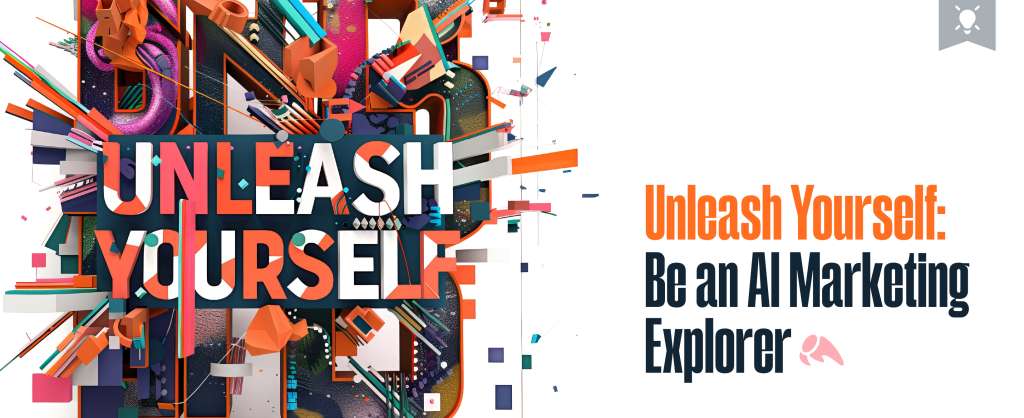
The digital landscape is evolving at an unprecedented pace. Staying ahead of the curve is crucial for marketers and business owners. In our recent hybrid event, we brought together a panel of Overit’s web experts to discuss the rapid changes in the digital world and share insights on the future of web design and user experience. Here are key takeaways from the event shaping the web as we know it.
Watch the full webinar here:
How do you start creating a user-centric website?
Shana: It’s always been about research and understanding your audience (or audiences). But now because the web has become so complex, you need even more research, and more mapping out of your goals. You need to understand:
- How are people getting there?
- How are we providing for the different types of users?
- Does every user have a dedicated path?
We must understand where they’re going, their goals, and how to deliver on that.
Watch this clip:
What is UI/UX Design?
Mirek: UI (user interface) and UX (user experience) must work together and enhance one another, to create a cohesive and effective user experience. UX involves extensive research and groundwork that is often not visible to end-users. Think of the glacier meme, with UX being underwater and UI being above water–including the visual and interactive elements that users interact with directly.
These two concepts work together to create a user-centric design (UCD). UCD revolves around continuous testing and iteration to ensure that the end product aligns well with user needs and expectations.
“Experiment, fail, learn, repeat. This is the mantra that I use for UCD thinking. Never give up. Always find a way, but make sure the user is involved at all steps of the process. More brains are better than one!”
Watch this clip:
How can keyword research help you understand your users?
Dan O: Keyword research should be seen as part of persona development. You’re able to get a broader book at their journey on the web and see what people are putting into Google.
Users either want to go someplace, see or learn something, or they want to take some discrete specific action. They want to sign up for something, they want to add something to a cart and purchase it, they want to give you your email or phone number and have them contact you. Whatever it might be, whatever the goals for your website are, before they get to your website, they’re already kind of sharing those goals, right? That’s user intent. So my job is to work with a UX designer like Mirek to understand what the objectives of the website are, what are the actions or outcomes that we’re trying to foster through the website, and make sure we know what the user wants to do, and how they do it.
Watch this clip:
How have SEO practices changed?
Dan O: I would say the most significant change in SEO has probably been the shift away from optimizing for just keywords (words on a page), versus the internet. What they’re actually trying to do. It’s easy to just add a bunch of words to a page. And we still see many sites like this. You can tell when a page has been optimized for search engines above users.
Keywords still matter, but it’s not really about the words anymore, it’s what’s behind the keywords. What are the psychological and motivating factors are people trying to achieve by searching for this word?
Watch this clip:
Looking for a partner to help you navigate the ever-changing digital landscape? Let’s talk. Learn more about our web design and development services.
Further resources:
Web Accessibility: 8 Things You Need to Know
Case Study: Albany Medical Center Website
Learn more about SEO: Watch the Overit SEO Brief







